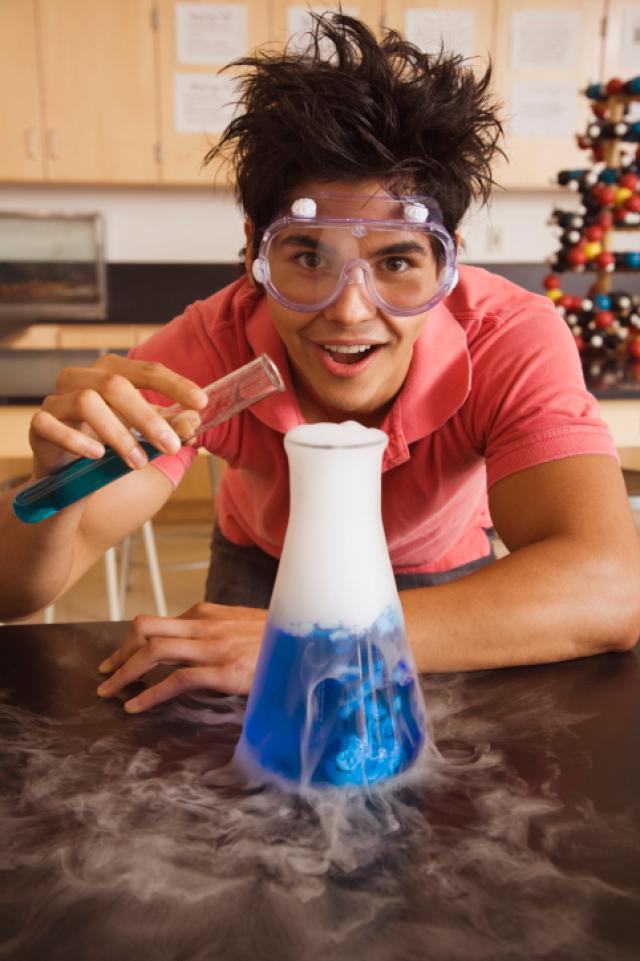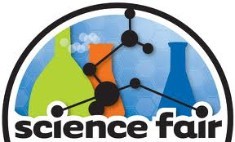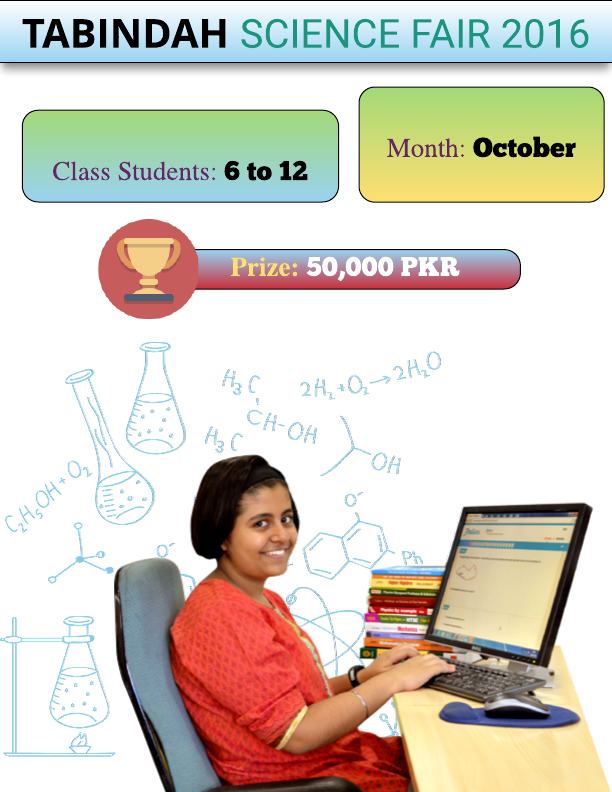|
|||||||||
|
|
|||||||||
 |
|
||||||||
|
|
|||||||||
|
|
|||||||||
|
TMHS recognizes that every pupil is
unique and has the potential to succeed in life. It shall strive to
instill in students the spirit of compassion, teamwork, leadership and
ethical behaviour in a holistic, stimulating, challenging and a safe
learning environment. |
|||||||||
|
|
|||||||||
|
|
|||||||||
|
|
|||||||||
|
Safety First Investigations need to be developed and assembled by the student. Experiments must be safe, use child safe materials, and not involve live animals. Any food that will be on display must come in a sealed Ziploc bag or Tupperware container.
|
|||||||||
|
|||||||||
|
Terms and Conditions applied. Policy may change if required |
|||||||||

 Purpose/Question
- What do you want to learn? For example, "Does the color of a
light bulb affect the growth of grass seeds?"
Purpose/Question
- What do you want to learn? For example, "Does the color of a
light bulb affect the growth of grass seeds?"